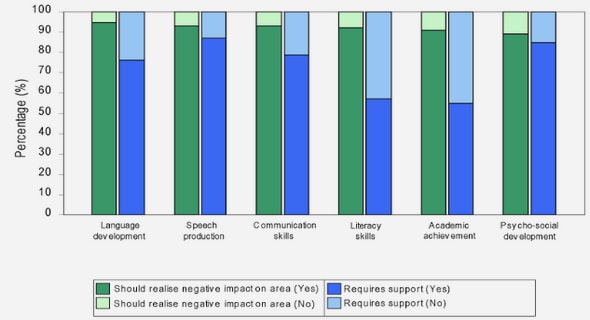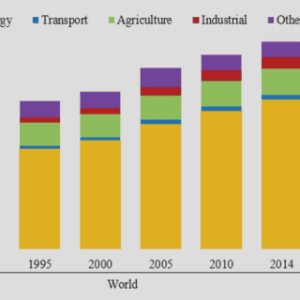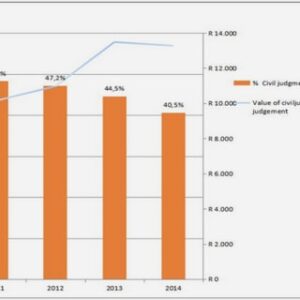(Downloads - 0)
For more info about our services contact : help@bestpfe.com
Table of contents
1 Introduction
1.1 Background
1.2 Purpose
1.3 Delimitations
1.4 Research questions
1.5 Disposition
2 Method
2.1 Research design
2.2 Literature review
2.3 Case study
2.4 Interviews
2.4.1 Interview technique
2.4.2 Interview participants
2.4.3 Ethics
3 Theoretical background
3.1 Segregation
3.1.1 Concept of residential segregation
3.1.2 Neighborhood choice
3.1.2.1 Neighborhood choice model – Income segregation
3.1.2.2 Segregation equilibrium unstable (segregation)
3.1.2.3 Segregation equilibrium is stable (integration)
3.1.2.4 Neighborhood choice model – Racial segregation
3.2 Affordable housing
3.3 Inclusionary housing
4 Literature review
4.1 Inclusionary housing around the world
4.1.1 Inclusionary housing in the United States
4.1.2 Inclusionary housing in Canada
4.1.3 Inclusionary housing in South Africa
4.1.4 Inclusionary housing policy in Johannesburg
5 Case study: South Africa, Cape Town
5.1 Spatial segregation in Cape Town
5.2 Housing situation in Cape Town
5.2.1 Current housing programs in Cape Town
5.2.1.1 BNG Program
5.2.1.2 Social Housing
5.2.1.3 FLISP
5.2.2 Housing prices and incomes in Cape Town
5.2.3 Cost drivers
5.2.4 Inclusionary housing in Cape Town
5.6 The Fulcrum project
5.6.1 Background
5.6.2 Purpose
5.6.3 Target market and selection criteria
5.6.4 Tenure Form
5.6.5 Rental price and price adjustment
5.6.7 Completion
5.6.7.1 Do you think anything should have been done differently in the project?
6 Results and analysis of interviews
6.1 Definitions
6.1.1 Definition of Affordable housing
6.1.2 Definition of Inclusionary housing and the Gap market
6.2 Advantages and challenges
6.2.1 What advantages and challenges do you see with inclusionary housing?
6.2.1.1 Public sector perspective
6.2.1.2 Private sector perspective
6.2.2 What are the challenges with implementing affordable housing in higher income areas?
6.3 Design of inclusionary housing policies
6.3.1 Lessons learned from South African policies
6.3.2 Program structure
6.3.2.1 Mandatory versus Voluntary approach
6.3.2.2 National versus Local approach
6.3.3 Incentives
6.3.4 Target groups and selection criteria
6.3.5 Tenure form
6.3.6 Price adjustment and exchange of ownership
6.3.7 Alternative approaches
6.3.8 Overall structure recommendations
6.4 Stakeholder engagement and collaboration
6.4.1 Public sector
6.4.2 Private sector
6.4.3 NGOs and activist groups
6.5 Future outlook
6.5.1 How could a city like Cape Town become more integrated?
6.5.2 Do you think that inclusionary housing is a tool that could help the city to become more
integrated?
6.5.3 How do you think the distribution and extent of inclusionary housing will look like in Cape
Town in 15 years?
7 Conclusion & further studies
7.1 Conclusion
7.2 Further studies
References
Appendices




